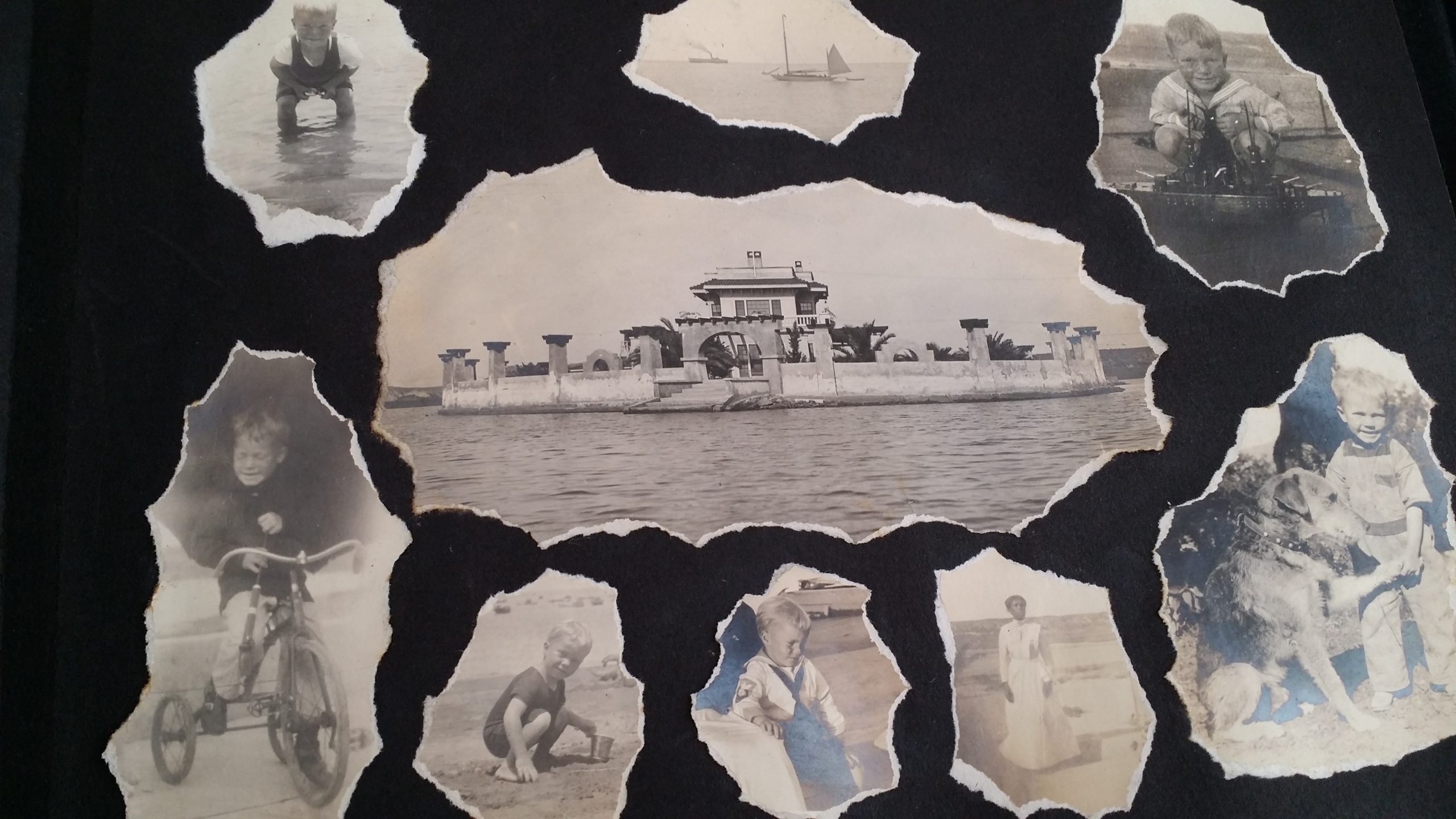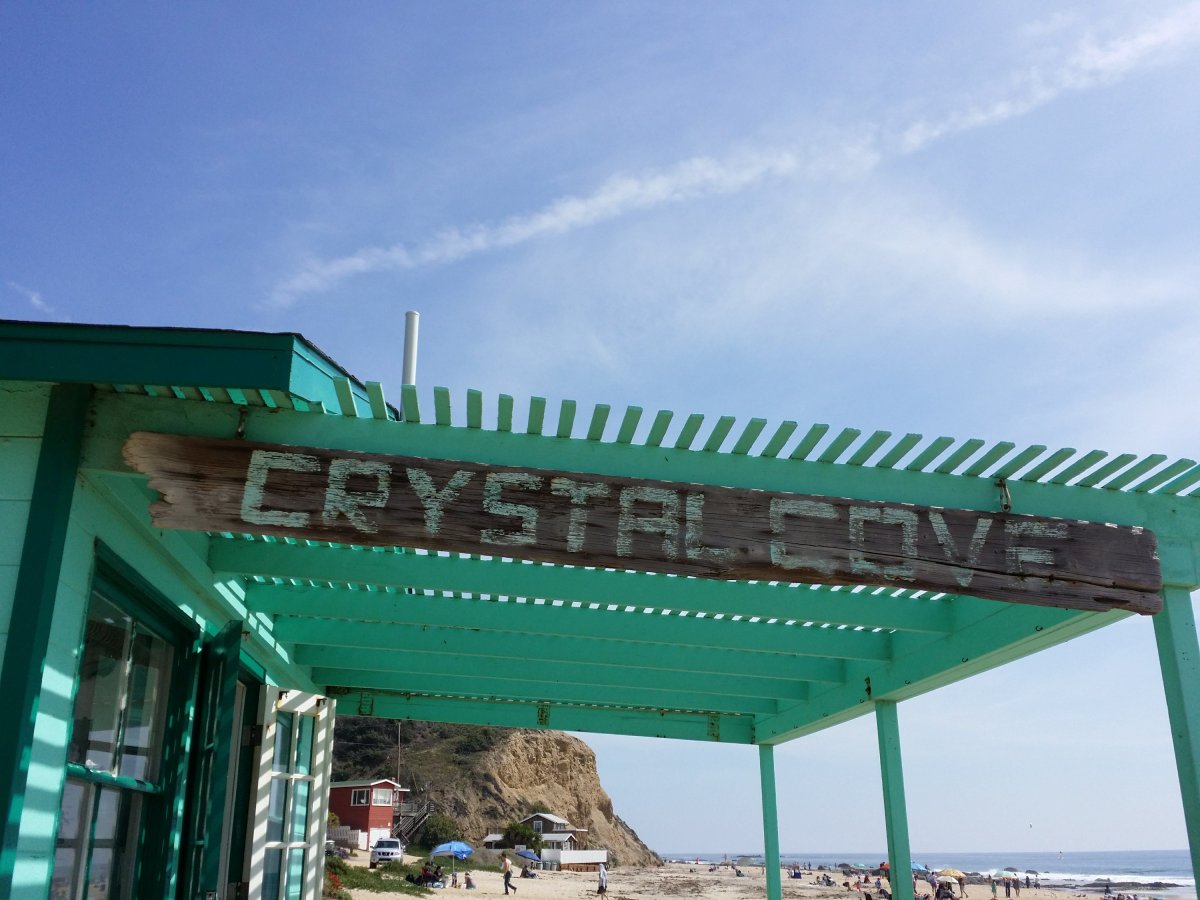According to the National Archives, 70° Fahrenheit is the preferred temperature that is optimal for the preservation of artifacts in exhibition spaces. View the virtual Declaration of Independence.
From the Archives
The original Declaration of Independence was written by hand and signed by fifty-six members of the Continental Congress. The parchment, an animal skin, measures 29” x 24”. If you look at the lower left-hand corner closely, you’ll discover a mysterious handprint that was noticed in the 1940s by a conservator.

The Declaration of Independence scribe was named Timothy Mallack. His tools were a quill pen and iron gall ink. The ink was oxidized to an intense purplish black that ages to warm brown. These were everyday tools that were used by writers since the Middle Ages as they are made from nuts boiled into tannic acid mixed with sulfate from nails.
Independence Hall

Knott’s Independence Hall is an exact, brick-by-brick replica of the original in Philadelphia. It is Walter Knott’s personal labor of love as it is the nation’s only exact replica of the Philadelphia landmark. Consistent with Walter Knott’s wishes, Knott’s Independence Hall remains a free-admission resource. Independence Hall is open from 10 a.m. – 4 p.m and is located in Buena Park, CA. The structure is so similar to the original building that some scenes for the National Treasure 2004 movie was filmed on-site.
Book of the Month


According to the Library of Congress, “The Federalist, commonly referred to as The Federalist Papers, is a series of 85 essays written by Alexander Hamilton, John Jay, and James Madison between October 1787 and May 1788. The essays were published anonymously, under the pen name “Publius,” in various New York state newspapers of the time.
The Federalist Papers was written and published in order to urge New Yorkers to ratify the proposed United States Constitution, which was drafted in Philadelphia in the summer of 1787. In lobbying for adoption of the Constitution over the existing Articles of Confederation, the essays explain particular provisions of the Constitution in detail. For this reason, and because Hamilton and Madison were each members of the Constitutional Convention, The Federalist Papers are often used today to help interpret the intentions of those drafting the Constitution.” Read the e-book or listen to the audio.

Artist of the Month

Randy Morgan and his apprentices, Michael and Rowan, created the Seven Stories of Old San Juan in the historic Silvas Adobe from the 1790s on Los Rios street. It captures historic moments in Saddleback Valley with the Portolá Expedition in 1769 to the founding of Mission San Juan Capistrano in 1776. As the birthplace of Orange County, this installation of “Old San Juan” mural is vital to sharing the story of our collective past on the exterior façade of Hennessey’s at 31761 Camino Capistrano. It showcases Vaqueros on horseback roping and rounding up cattle. These 3D pieces capture the color composition of the Southwest with copper and burnt sienna tones.
We are excited about the River Street Marketplace, a six-acre public commons designed to celebrate our Southern California culture and heritage. Swing by Hidden House coffee to see the project from their outdoor seating.

Have you visited the historic Los Rios Historic District in San Juan Capistrano? Mission San Juan Capistrano was established in 1776 by the Spanish padres.
While you’re in town, we recommend El Adobe, owned by Gilbert and Tony Moiso (O’Neill Ranch). The “El Presidente” is culinary history as President Nixon enjoyed this particular platter. He resided in the Western White House in San Clemente, called La Casa Pacifica. Don’t miss the Heritage Barbecue for a fantastic meal. They are moving into the historic garage barn on Old Mission Road. Don’t miss the Orange Coast Magazine’s SCJ Tastes Its Future article of places not to miss!

Don’t miss the incredible events happening throughout our sunshine state! Visit California has a list of the must-see things throughout each month. The Arts & Culture list has the best museums and cultural centers throughout the state.
Events
FESTIVAL OF ARTS EXHIBITION
July 3 – August 30, 2024
Named one of the top art festivals in the nation, the Festival Art Show features the work of over 100 Orange County artists.
PAGEANT OF THE MASTERS
July 6 – August 30, 2024
One of the most unique productions in the world, the Pageant of the Masters re-creates famous works of art. 2024 theme is “À La Mode: The Art of Fashion.”
Don’t miss Rowan Foley at the Festival of Arts! This is her 2nd year exhibiting at the festival.

John Wayne Paddle Up October 6, 2024
One of John Wayne’s most famous sayings was, “Courage is being scared to death but saddling up anyway.” Now his fans can Paddle Up to raise funds for the cancer foundation that bears his name. The John Wayne Cancer Foundation will present the Paddle Up pickleball tournament in Newport Beach, California, this fall. “Pickleball is a fun and engaging way for us to raise funds for the all-important fight against cancer,” said Ethan Wayne, Director of the John Wayne Cancer Foundation.
Learn
Society of American Archivists Oral History Section is hosting a virtual presentation on utilizing artificial intelligence tools in oral history practice and preservation. The meeting will take place on Tuesday, July 9, 2024 at 11am PDT/2pm EDT.
Jennifer Keil works with local museums and non-profit organizations to teach them about storytelling. As the project director for a series of oral history collections, she works with teams who conduct the interviews for small museums. They use AI to generate questions, transcripts, and write collection summaries to be published on WordPress.
Resources

Are you an educator? Look at these lesson plans with primary sources from Monticello:
On the Fourth of July in 1776, Jefferson recorded a low temperature of 68 degrees at 6 a.m., with clear skies and light northerly winds as shown with the source. By 9 a.m., it had warmed up to 72 degrees under a mostly sunny sky.
Library of Congress Personal Archiving Resources: Personal Archiving Brochure
Graphics Atlas Photographic Process Identification Methodology and Controlled Vocabulary Film & Visual Guide for Color



